Capture the Moment!
Since 2013, I’ve published hundreds of blog posts on all aspects of photography. Some are aimed at helping photographers with their technique, settings, and equipment, but others describe my exhibitions, workshops, and adventures in Africa, Antarctica, and beyond.
Feel free to browse chronologically or click on the category heading above any post for specific content, such as Equipment, Trips or Hints and Tips.
If you’d like to write a guest post, please drop me a line at nick@nickdalephotography.com or on +44 7942 800921.
(Please note that some posts may contain affiliate links from which I can earn a small commission.)
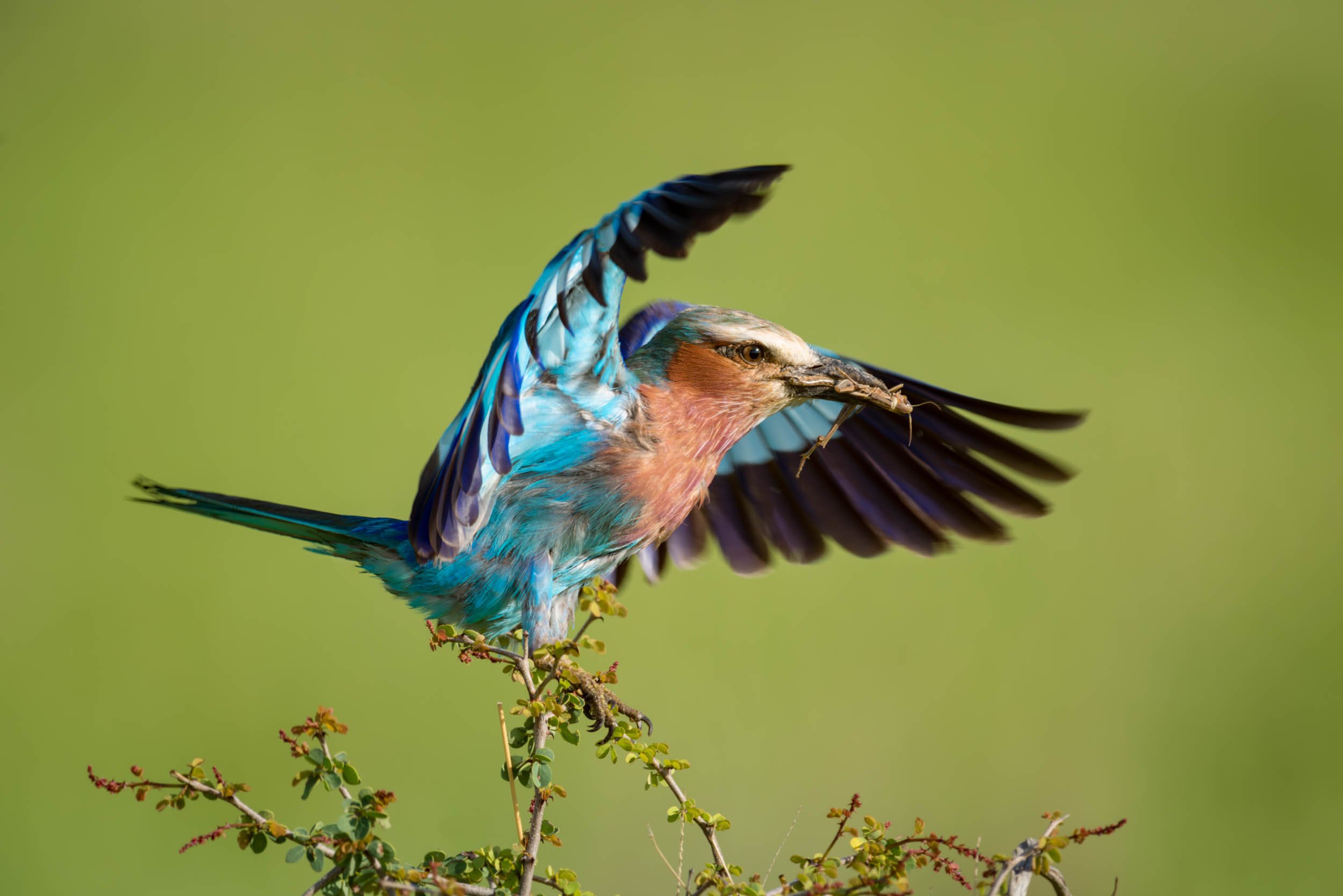
How Best to Change Your Depth of Field
Which would give you a shallower depth of field: a 400mm lens at f/2.8 or a 600mm lens at f/4? It’s actually the 600mm lens at f/4. Surprised? Well, let’s hope you didn’t go out and buy the 400mm rather than the 600mm lens for better bokeh!
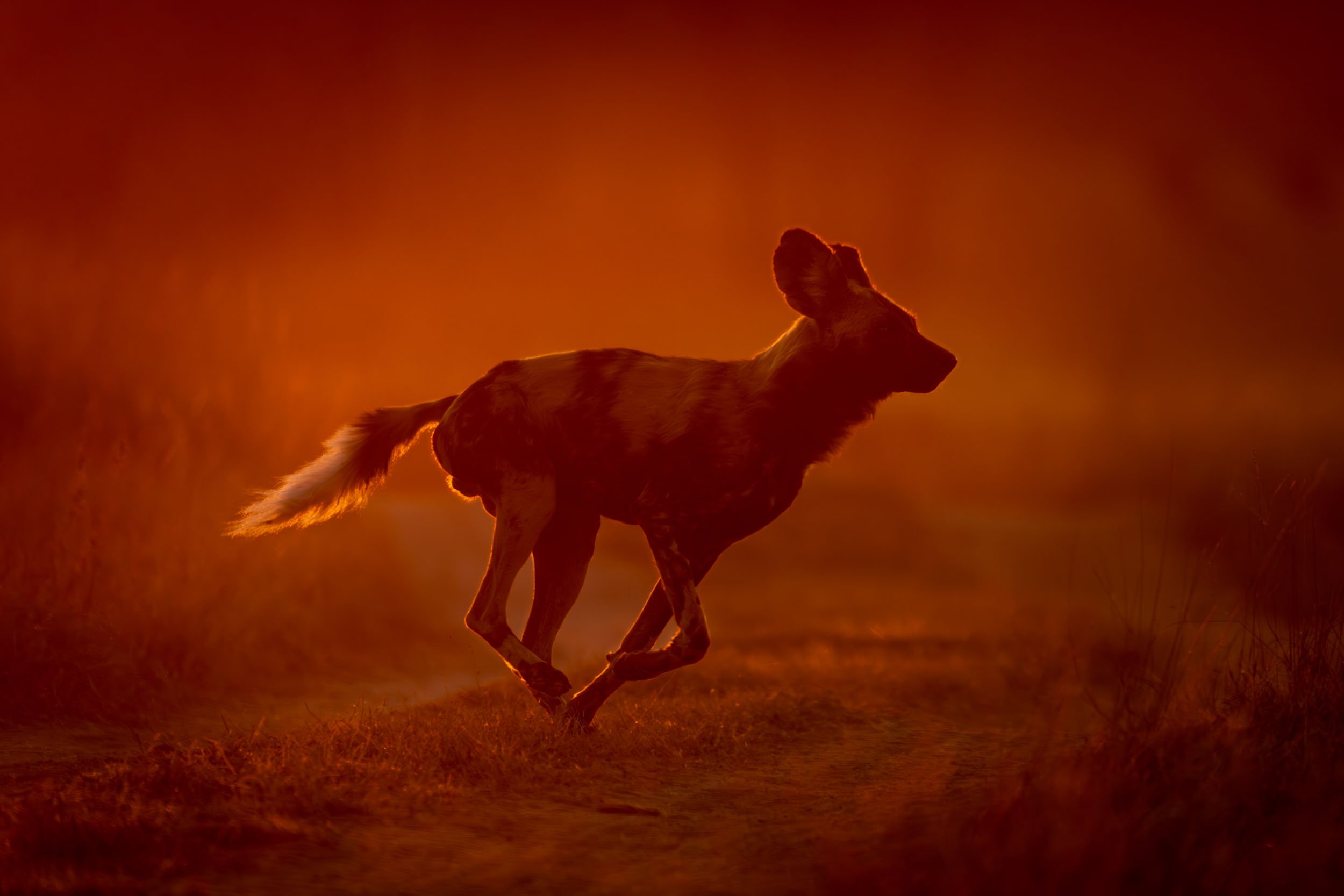
African Wild Dog Facts
I never used to like African wild dogs. For some reason, the different patches of colour on their coats made me think of rabbits with myxomatosis! However, seeing a pack of them corner a blue wildebeest in South Africa changed my mind. The chase was very exciting, and it took place in the most gorgeous red light at sunrise!
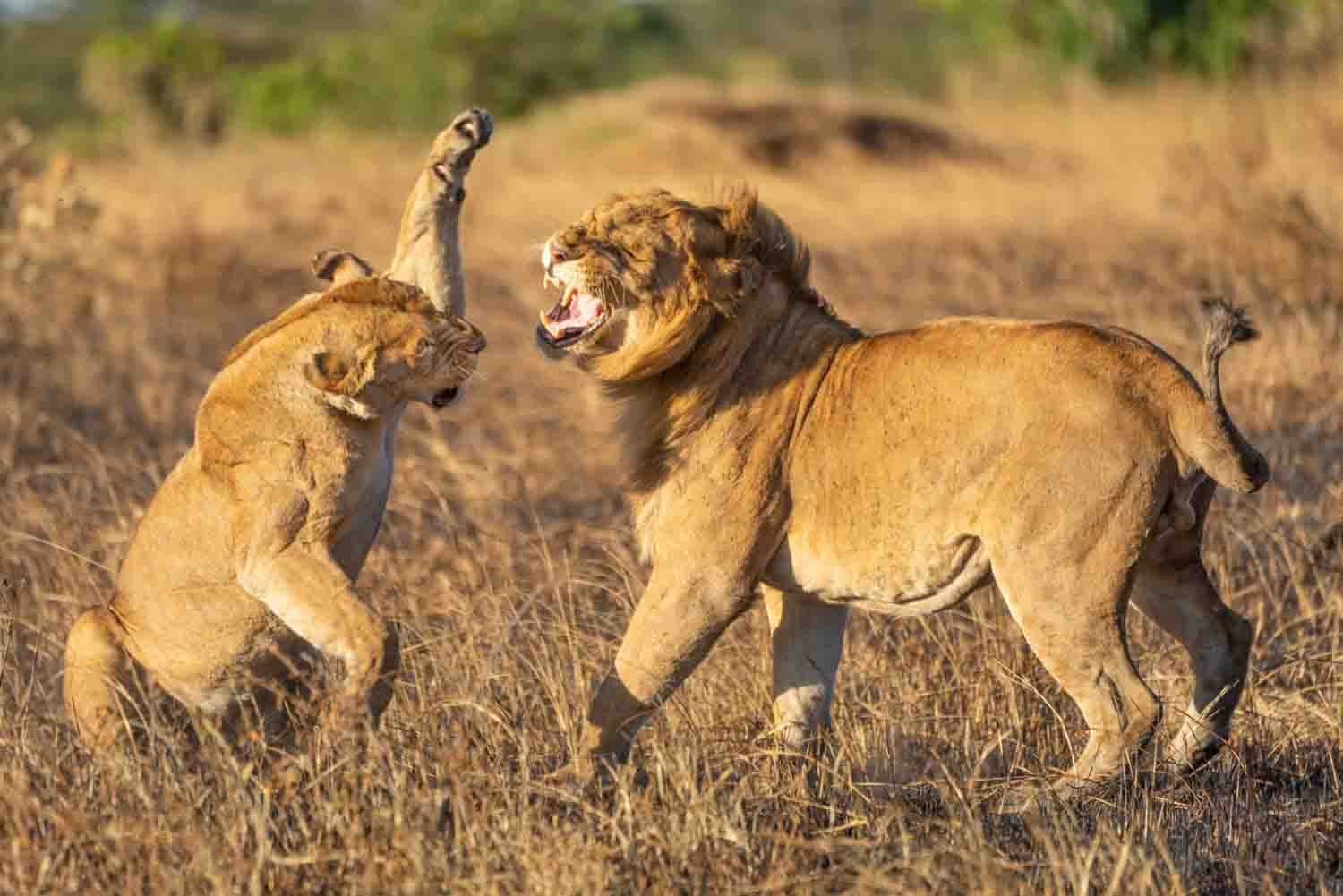
What are Male, Female and Baby Animals Called on Safari?
I spend a lot of time on safari in Africa, but even I don’t know the right names for some of the male and female animals! I’m sure some of you are in the same boat, so here’s a quick guide to the major species. If you have any other suggestions, please add them in the comments section below…
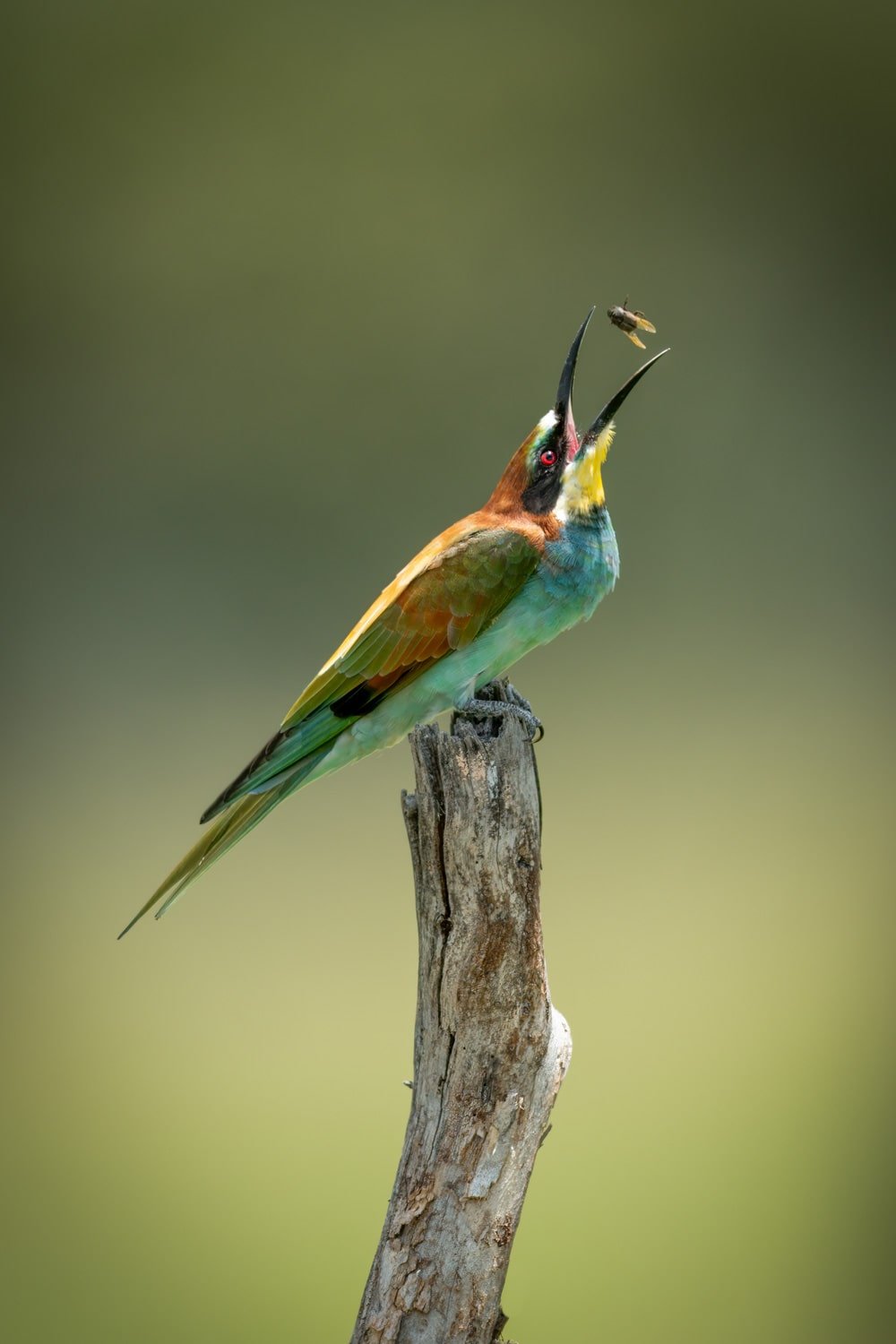
2021: The Great Escapes
Given the Covid pandemic, the year 2021 might’ve been a disaster. As it was, I managed to escape London to go on three photographic trips: to Kicheche Bush Camp, Arviat and Antarctica. They were all very enjoyable for different reasons, and it was also nice to get away from Africa for a change!
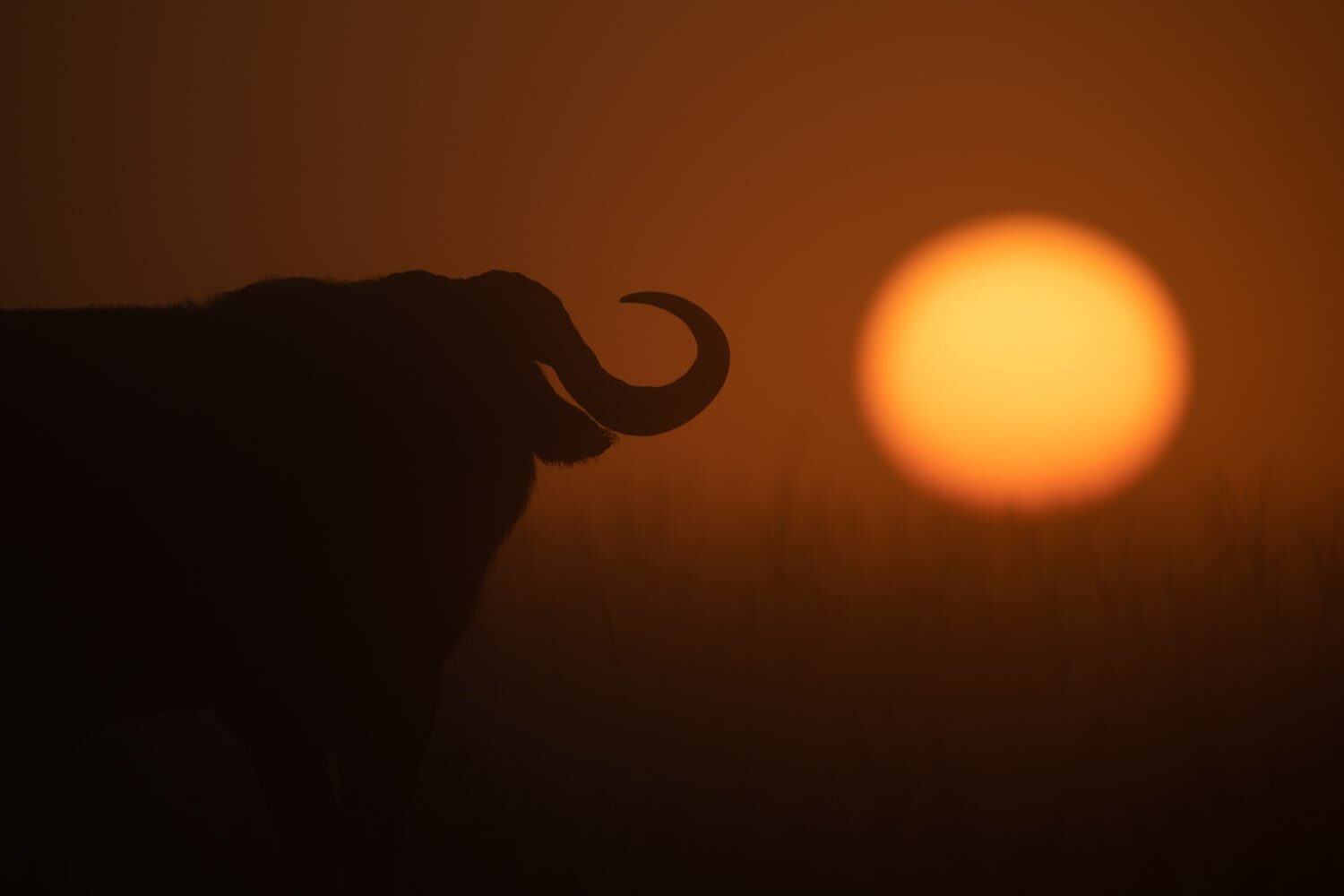
African buffalo facts
The African buffalo is so dangerous that it’s been called ‘Black Death’, and it’s responsible for killing around 200 people a year in Africa. The fact that it’s so dangerous is one of the reasons why trophy hunters added it to the list of the Big Five, alongside the lion, leopard, elephant and rhino.
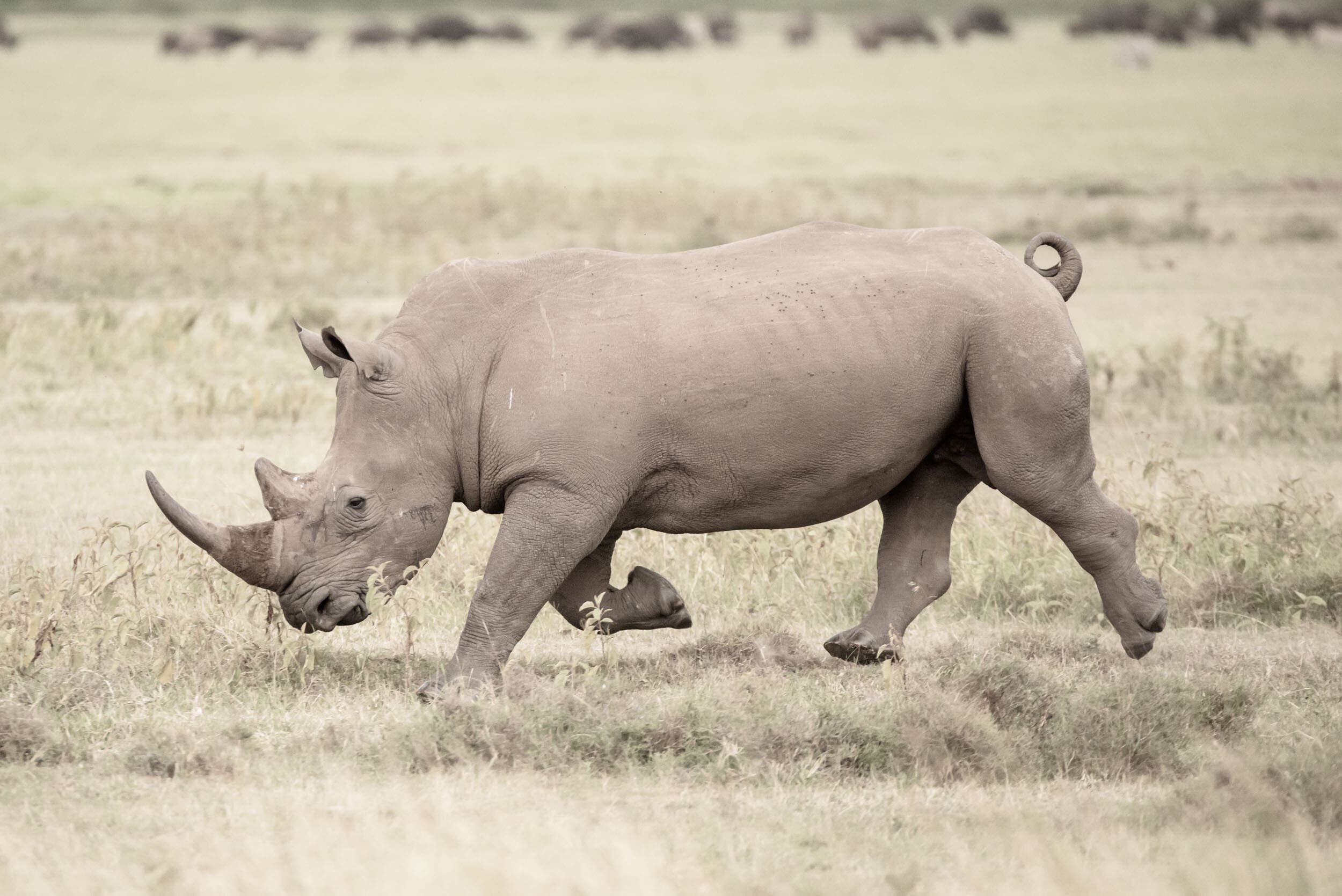
Rhino facts
The rhino is a very annoying animal: it’s so rare that you’re very unlikely to see it, and that means you almost always end up disappointed!
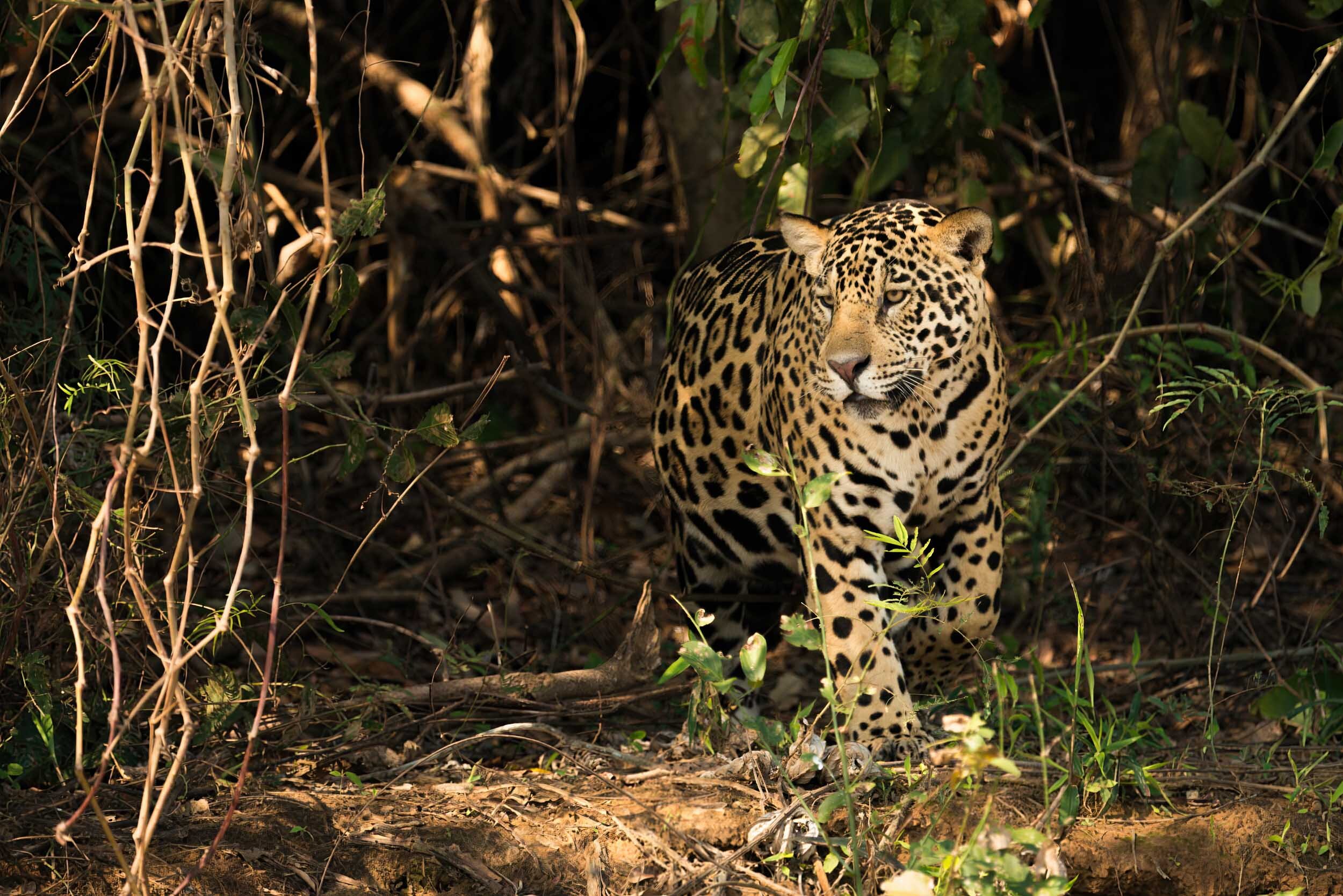
Jaguar facts
The jaguar is the largest cat in the Americas and the third-largest in the world after the tiger and lion.
The best place to see it is in the Pantanal region of Brazil, and I had 16 sightings when I went there in September 2016.
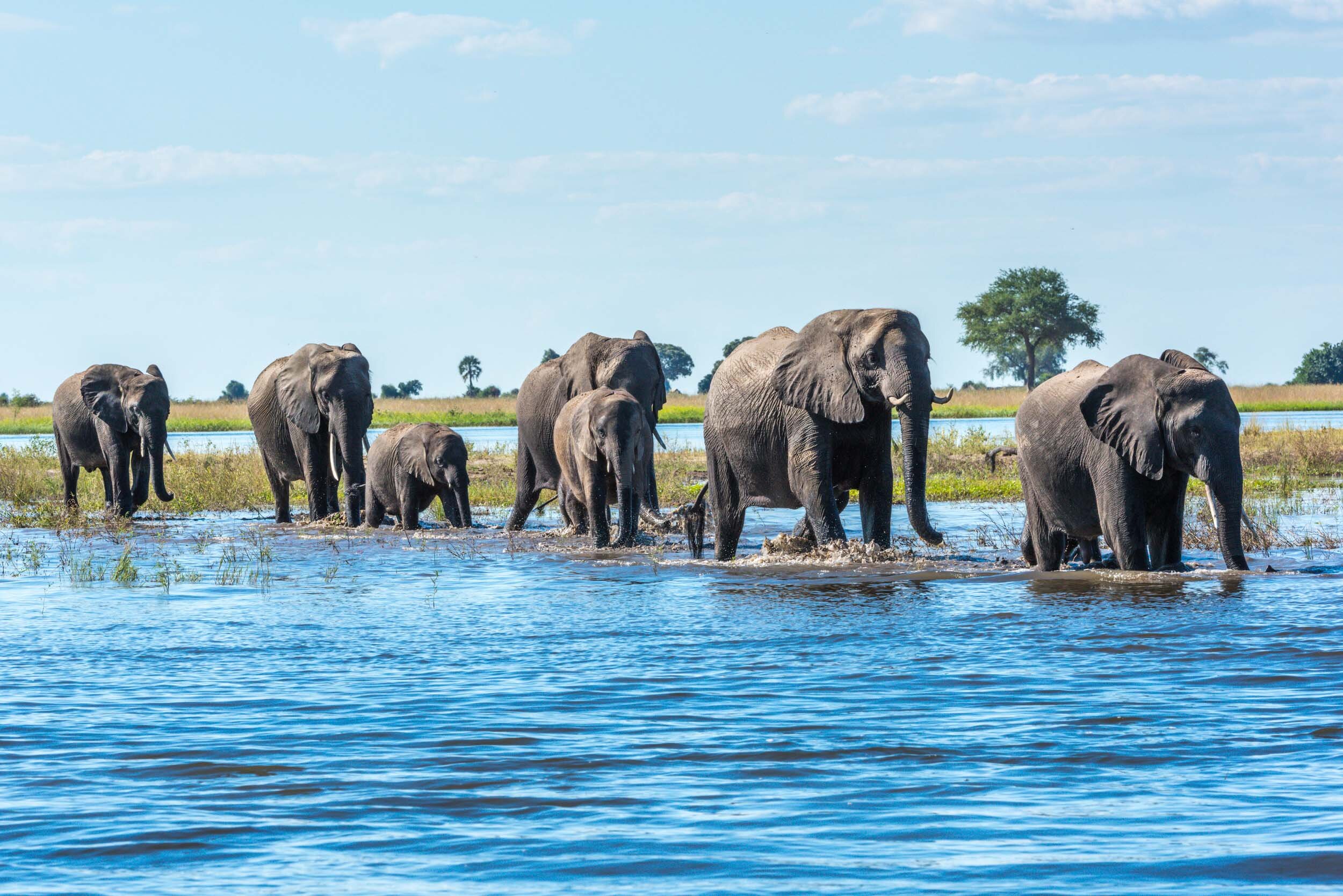
Collective nouns quiz
I know this doesn’t have much to do with photography, but I thought I’d do a quiz on collective nouns for the animals I’ve seen around the world.
It’s fun to find out the proper names (particularly for safari animals), and it can be a good way of passing the time on a game drive while you’re waiting for a couple of lions to wake up…!
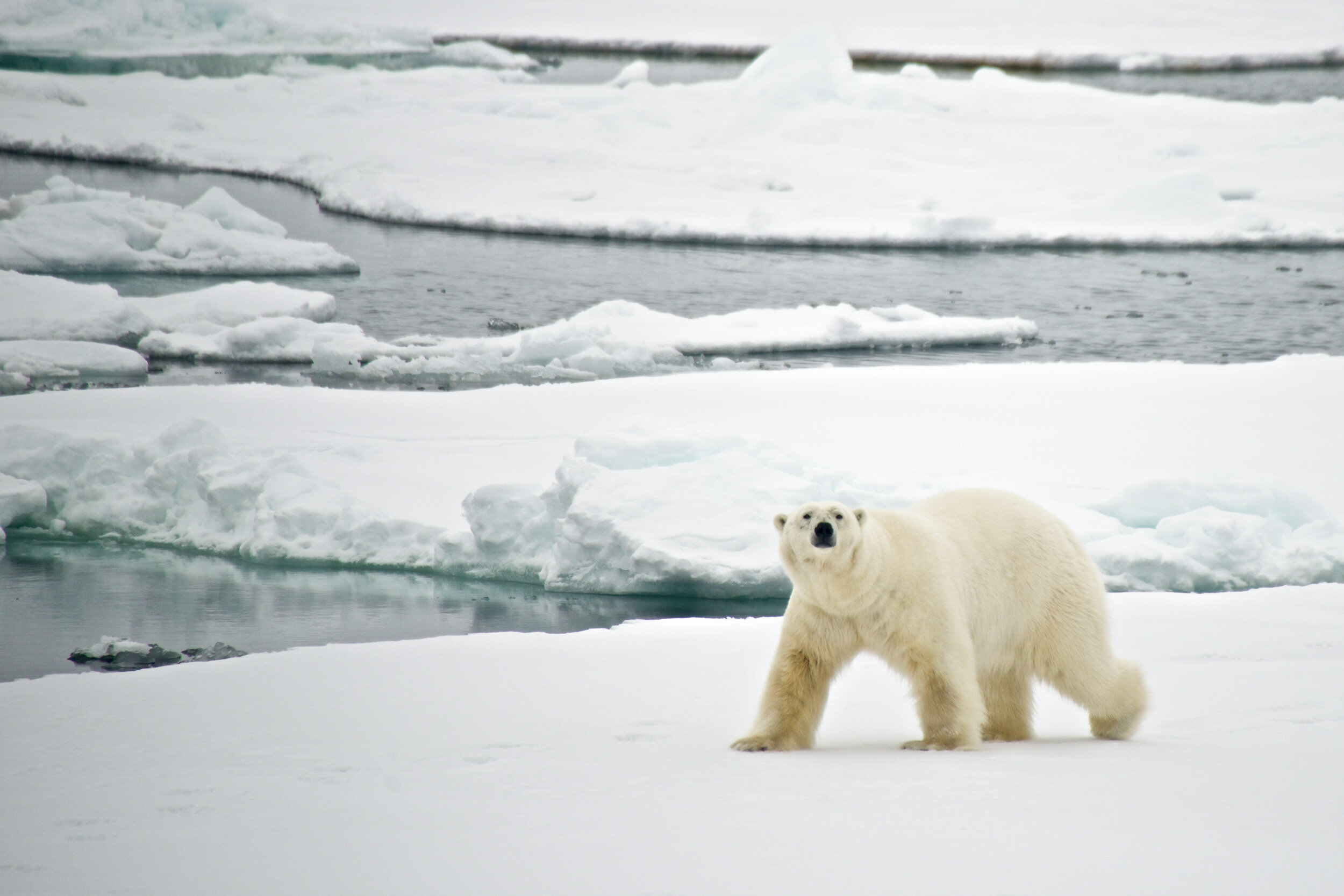
Polar bear facts
The first polar bear I ever saw had a large number 59 painted on its rump - and that was in Spitsbergen…!
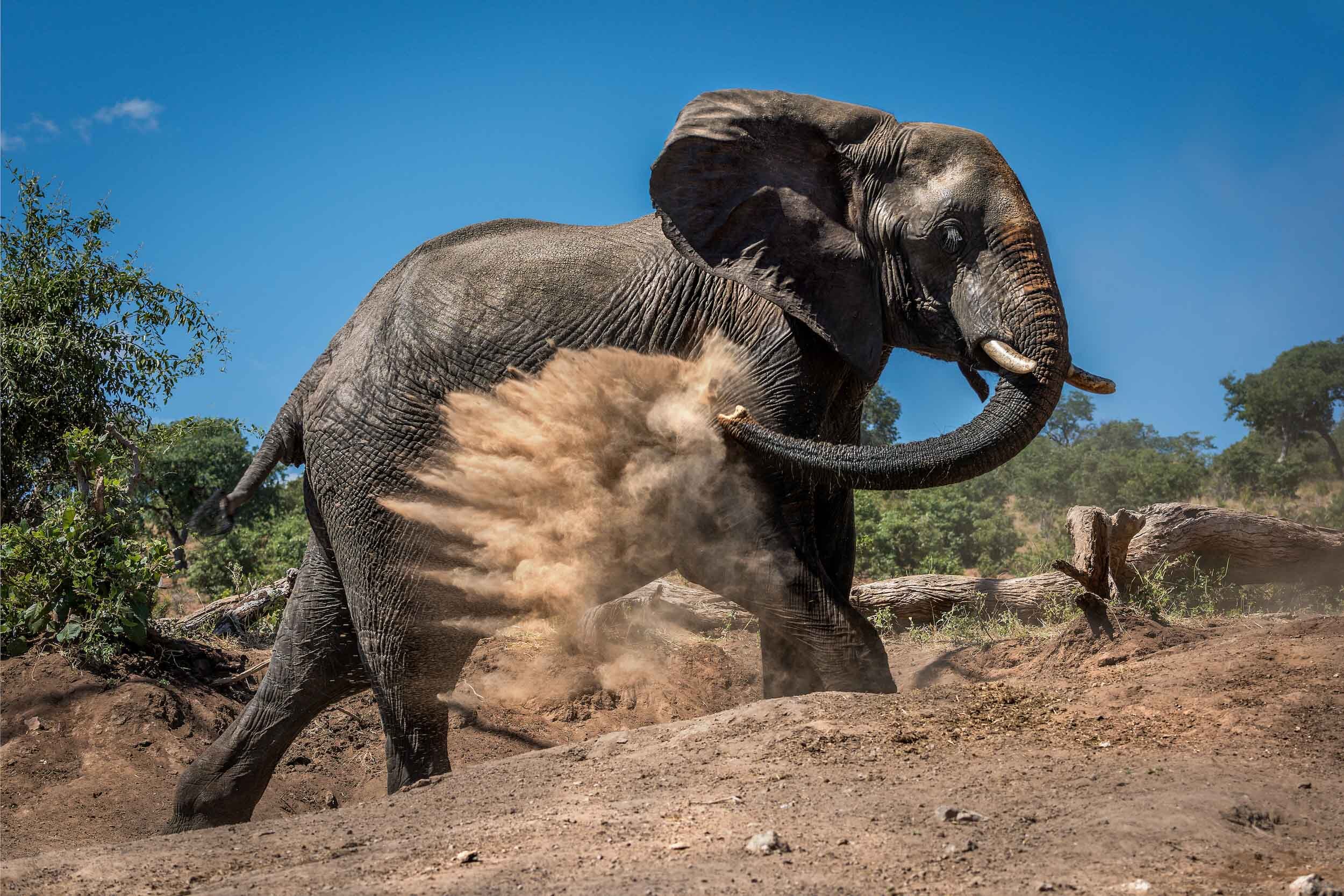
Elephant facts
In 2019, I was on a game drive in Tanzania when my driver saw an elephant tusk by the side of the road. He stopped the vehicle, picked it up and put it on the back seat so that he could hand it in to the authorities.
Out of curiosity, I looked up how much that 17 kg tusk would’ve been worth on the black market: at $1,800 a kilo, it would’ve cost $30,000!
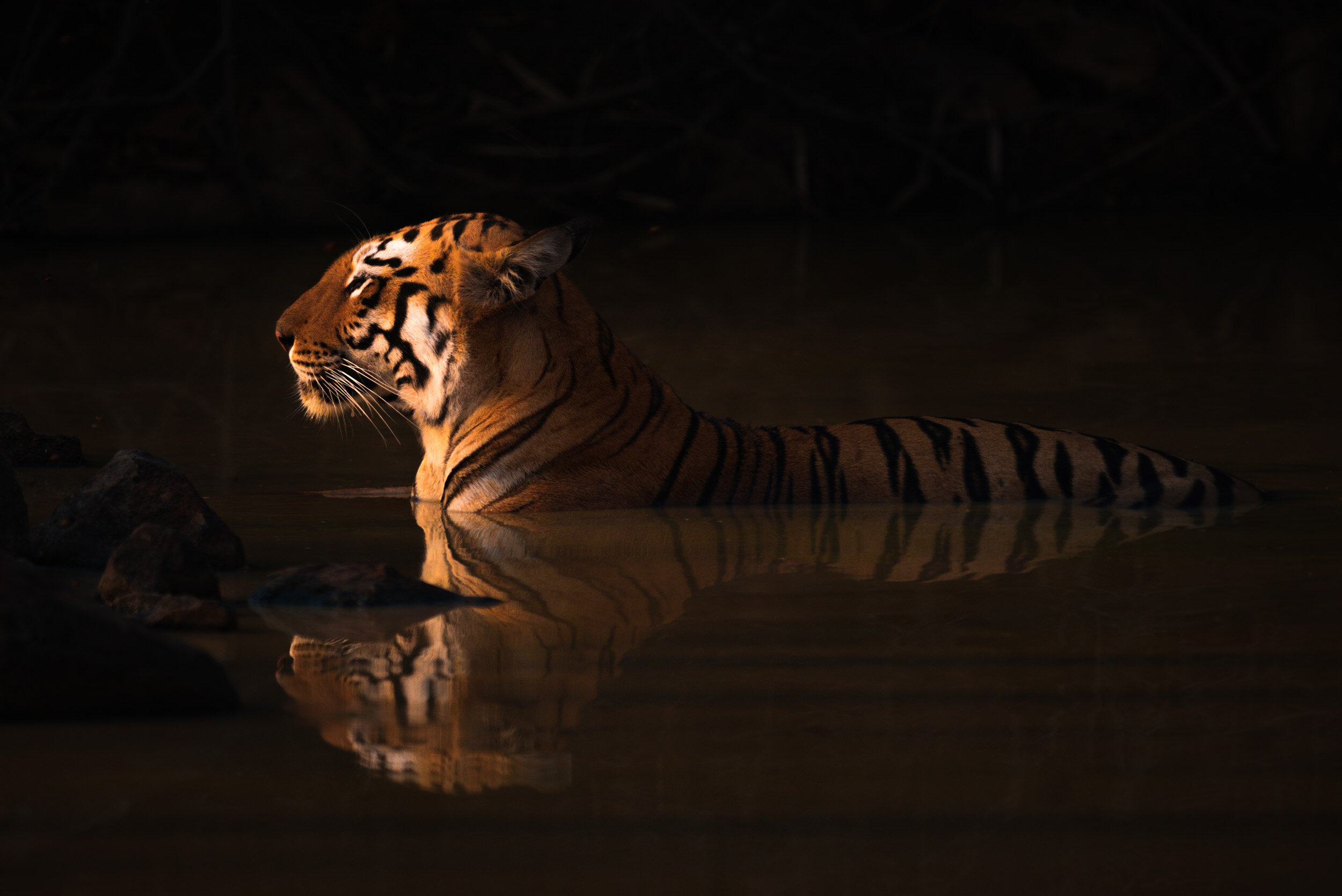
Tiger facts
Tigers are the biggest cats in the world, and they kill more people globally than any other mammal. The Champawat Tiger, a tigress found in Nepal and then India, was responsible for an estimated 430 human deaths, the highest ever total for a single animal!
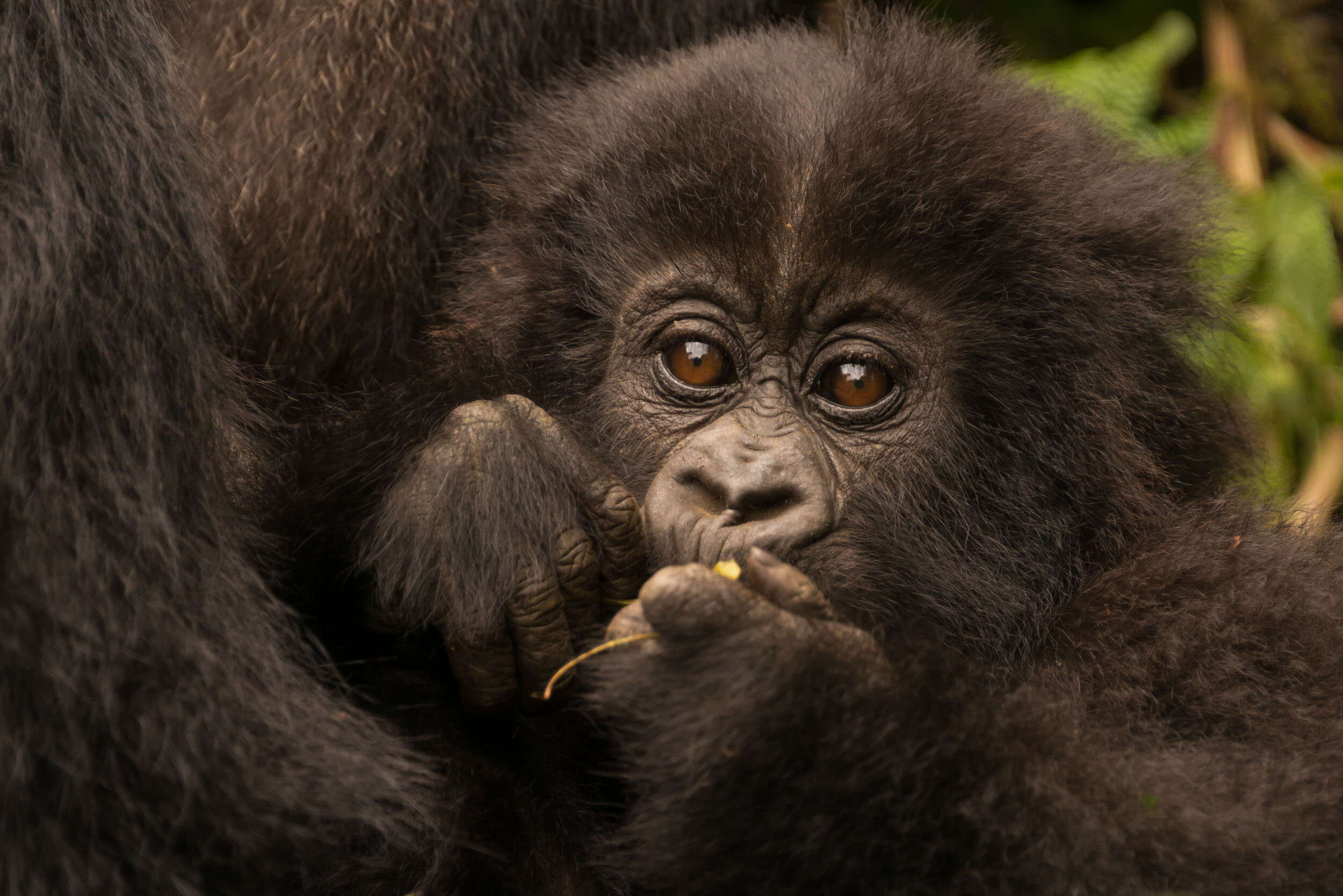
Gorilla facts
The gorilla has recently been named among the ‘New Big Five’ along with the lion, tiger, elephant and polar bear. It’s certainly an intriguing creature, and its similarity to humans lends itself to anthropomorphism in photography.
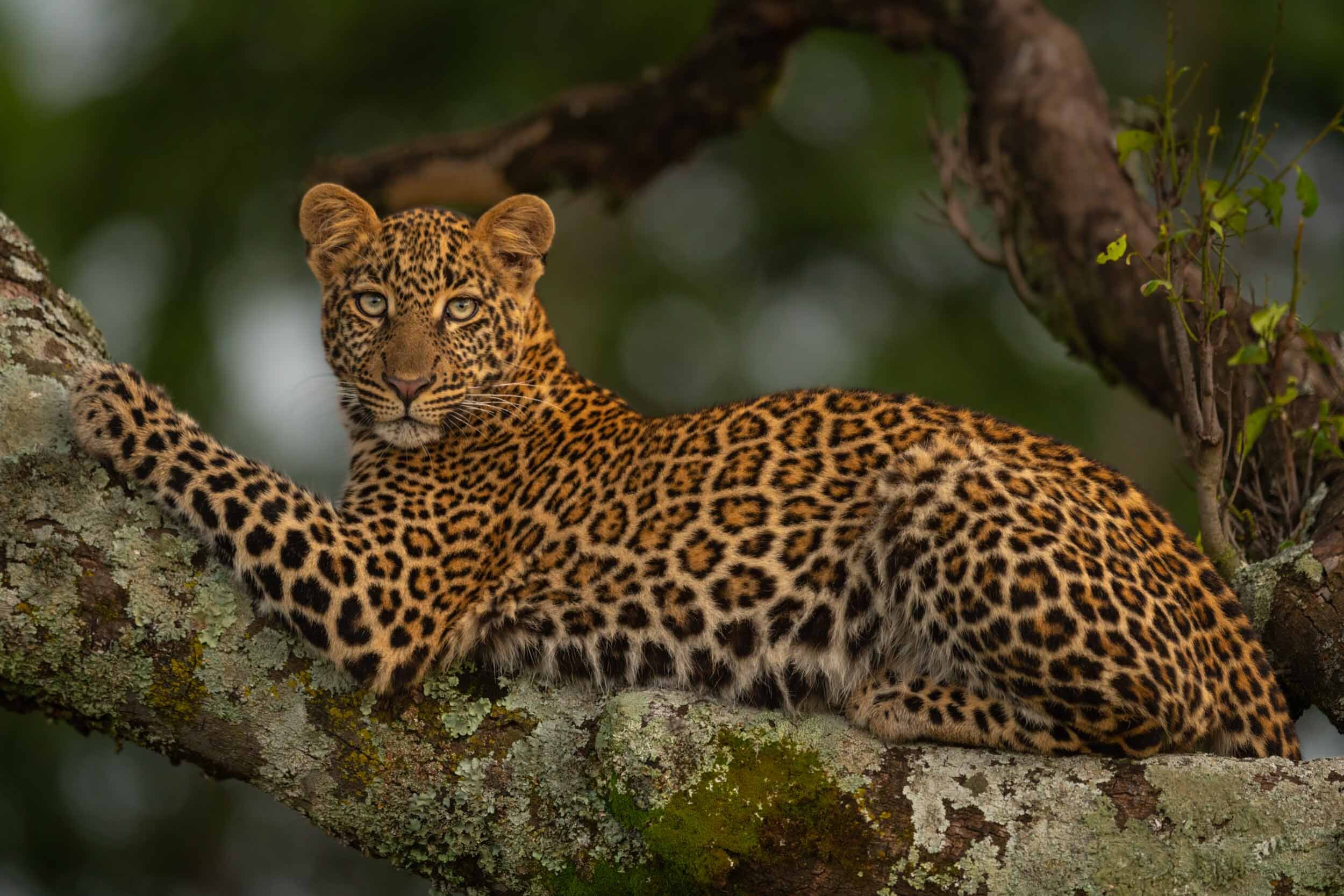
Leopard facts
If you ask people on safari what their favourite animal is, they’ll almost always choose the leopard.
It’s certainly beautiful - particularly when lying in a picturesque tree somewhere - and it’s rare enough to be exciting when you see one.
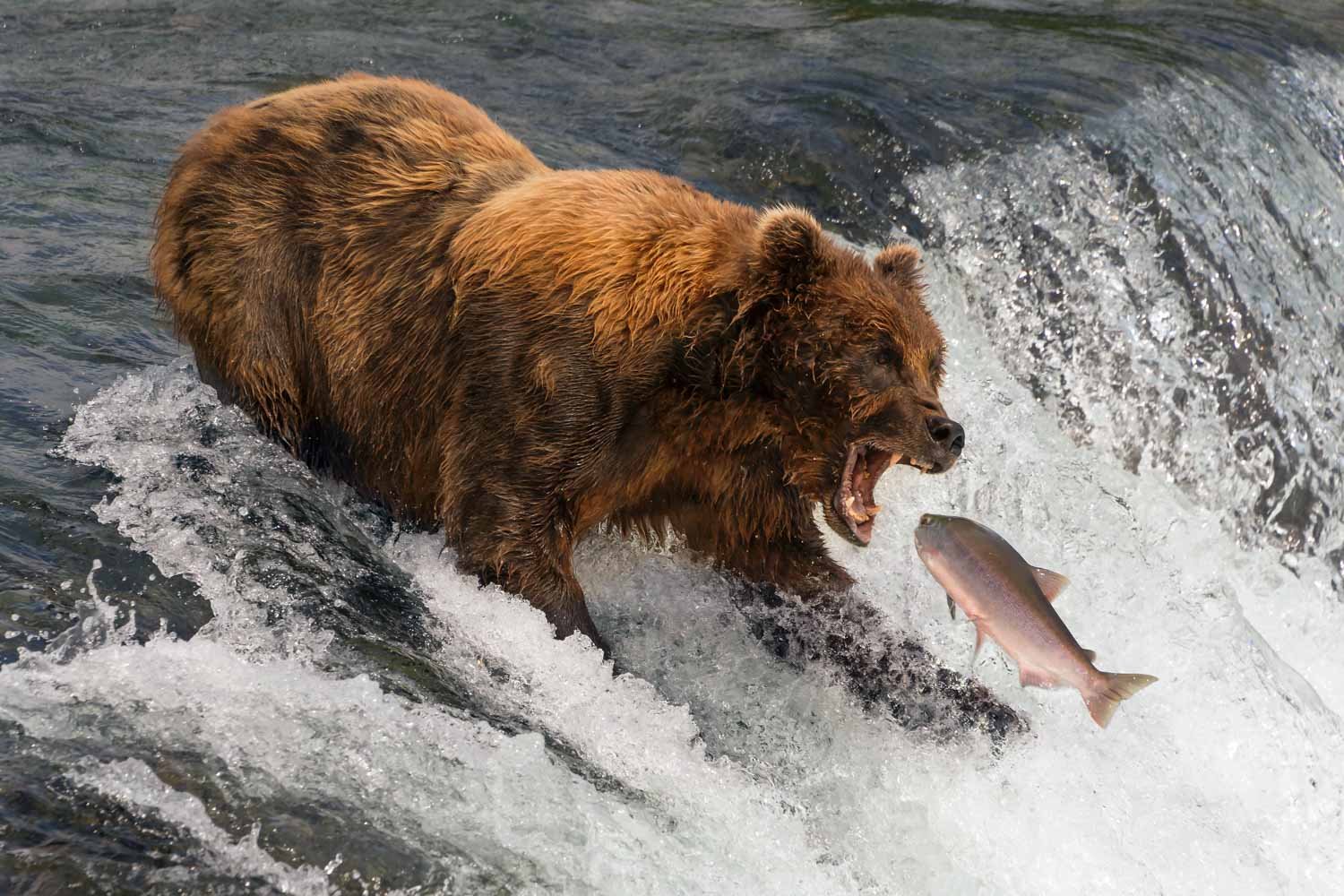
Every picture tells a story: Bear Gills
I’m a wildlife photographer, and this is one in an occasional series of posts about my best photographs. I’ll tell you how I took them and break down the shot into the idea, the location, the equipment, the settings, the technique and any post-processing necessary.
Brown bear facts
Watching brown bears fish for salmon on Brooks Falls is one of the all-time highlights of the natural world, and it’s a must for any wildlife photographer.
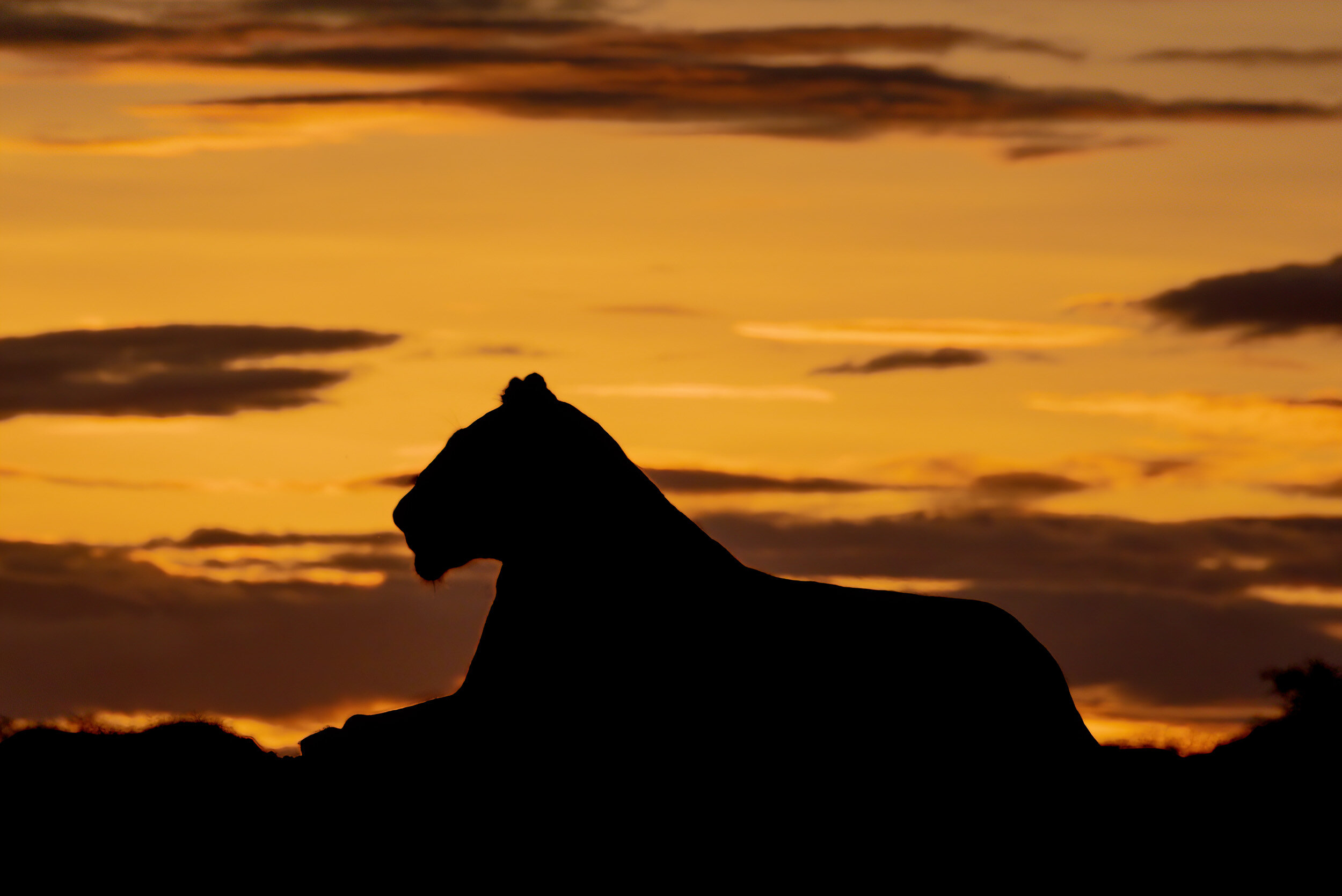
Lion facts
Lions like to sleep. And they do it a LOT - around 20 to 22 hours a day, in fact.
This can be a bit frustrating if you happen to be a wildlife photographer, but it’s worth the effort!
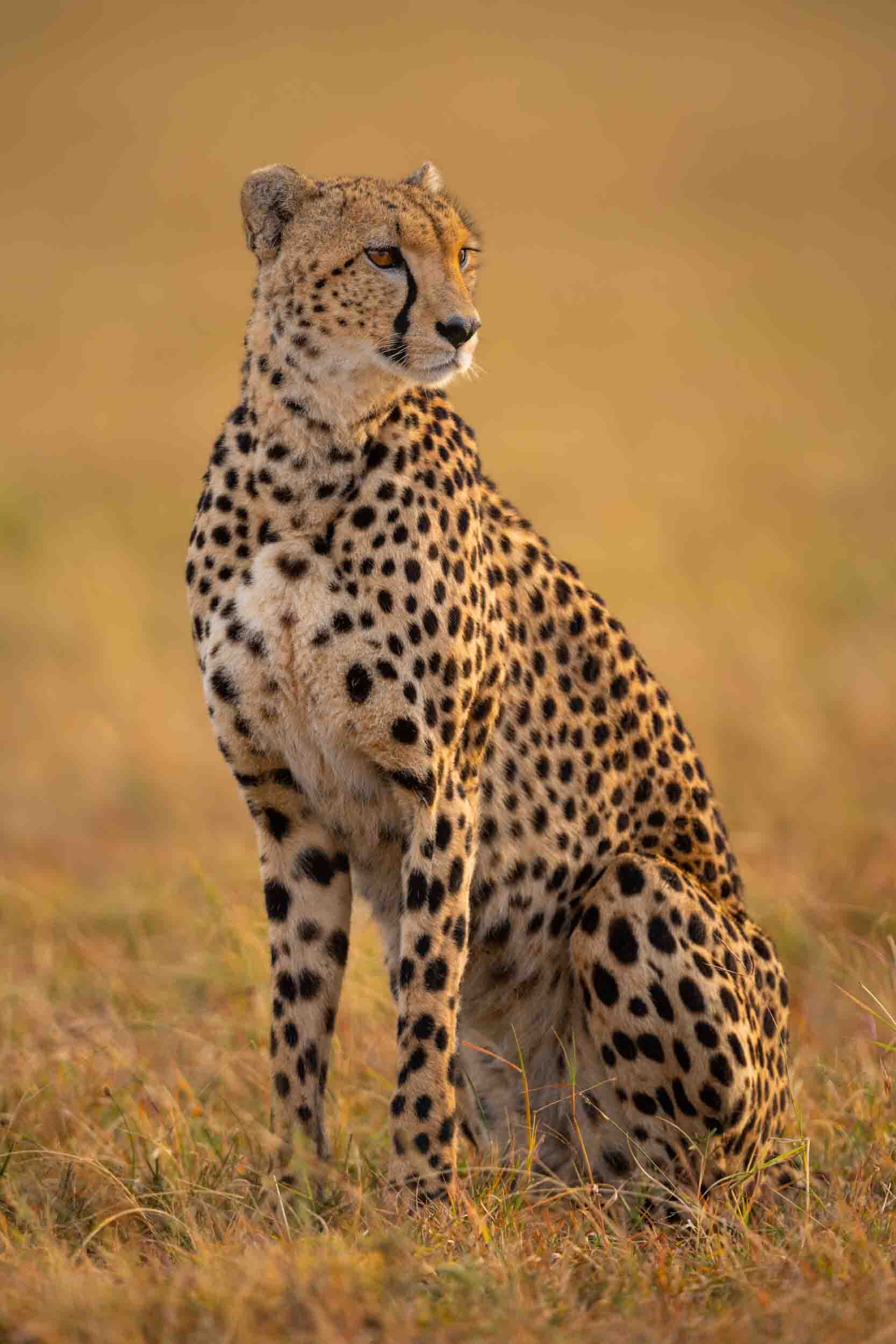
Cheetah facts
The cheetah is my favourite animal. It may not be the prettiest - most people prefer the leopard - but there’s nothing to beat the sight of a cheetah running at full speed. It never fails to make me smile…
And if you’re lucky enough to see a cheetah kill, that’s one of the most exciting moments you can ever get on safari!

Every picture tells a story: Fly Bee
I’m a wildlife photographer, and this is one in an occasional series of posts about my favourite photographs. I’ll tell you how I took them and break down the shot into the idea, the location, the equipment, the settings, the technique and any post-processing.
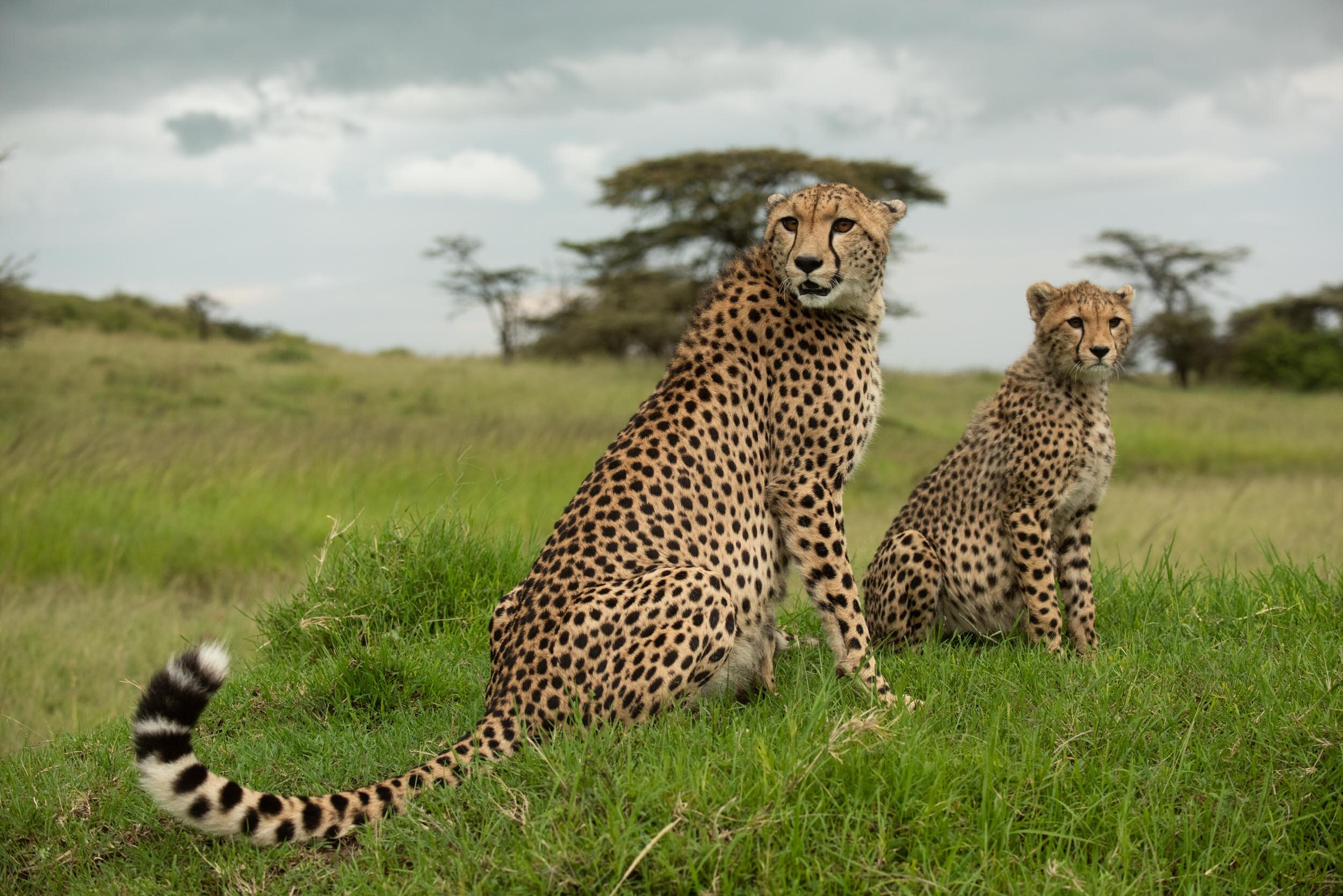
Kicheche Bush Camp
I’ve just come back from 10 days at Kicheche Bush Camp with Paul Goldstein. It was meant to be a week-long Exodus trip, but when that was cancelled due to the new Covid restrictions, I booked privately with Paul, and I’m so glad I did!
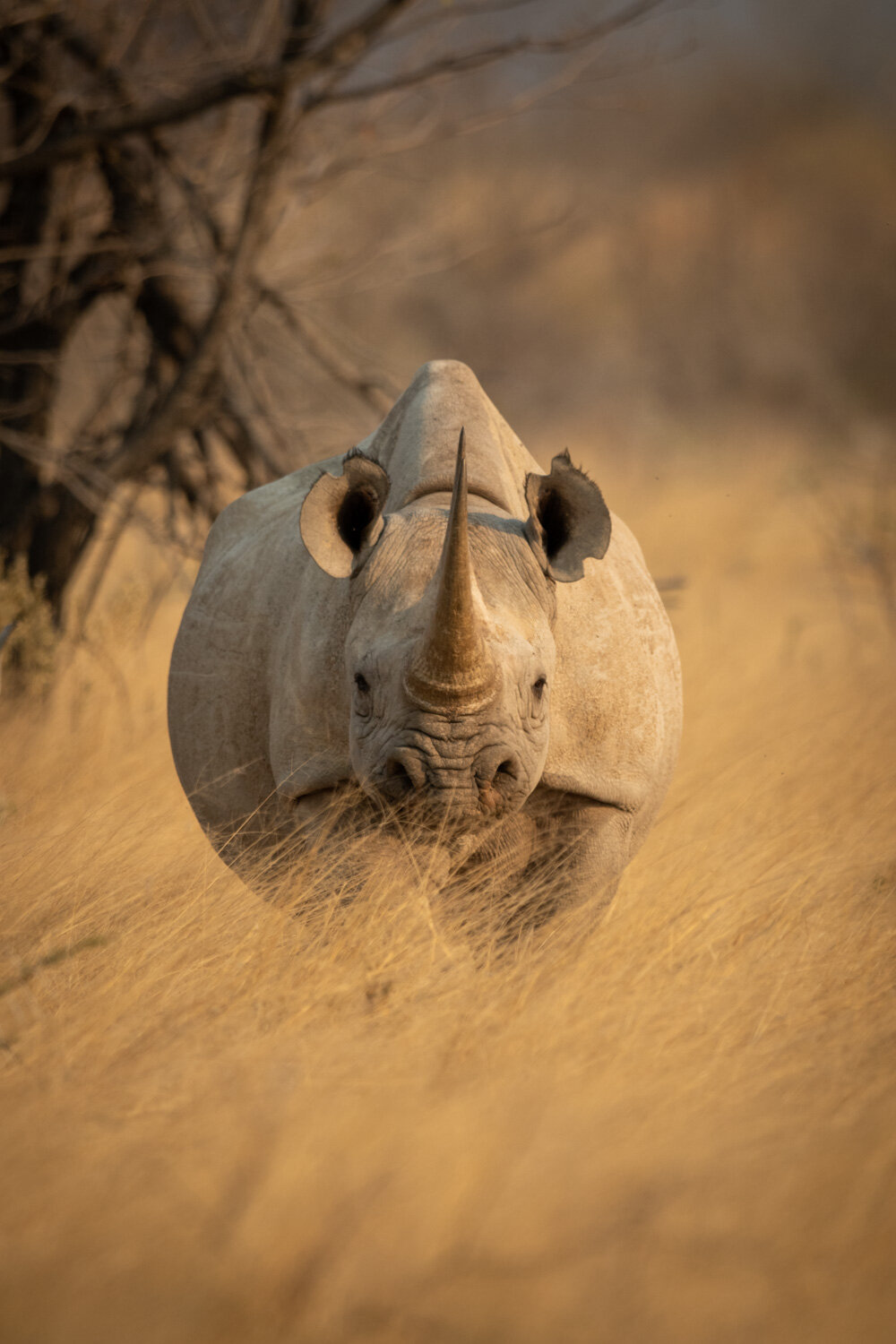
2020: A Journal of the Plague Year
The year 2019 was a stand-out year for me when it comes to my photography career: being able to spend four months on safari in Tanzania and Kenya was a spectacular result - and all because I happened to read an online article about a photographer who’d managed to spend a whole year staying at lodges in Africa in exchange for taking pictures. Who knew it was even possible?!
